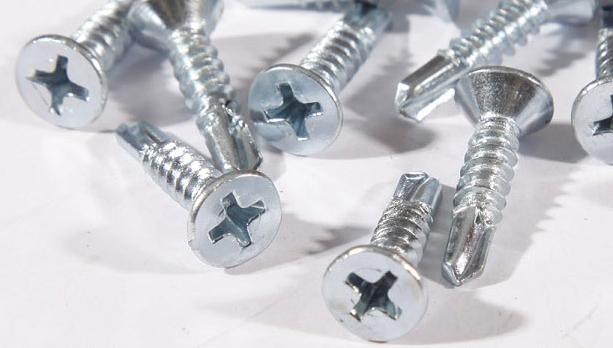Effective Techniques for Steel Roof Bracing to Enhance Structural Stability and Durability
Understanding Steel Roof Bracing Importance and Applications
Steel roof bracing plays a crucial role in modern construction, particularly in regions prone to high winds, earthquakes, and other extreme weather conditions. It provides structural stability and integrity, ensuring that buildings can withstand significant lateral loads.
Roof bracing, specifically made from steel, involves the strategic arrangement of braces or support members in various configurations to enhance a building's strength. These braces can take many forms, including cross braces, diagonal braces, or even moment-resisting frames. The objective is to create a rigid framework that distributes forces evenly throughout the structure, reducing the risk of deformation or collapse.
One of the primary benefits of steel roof bracing is its ability to increase lateral resistance. Lateral forces, which can arise from wind pressure and seismic activities, can cause a building to sway or, in extreme cases, fail. By effectively integrating steel bracing into the roof design, engineers can counteract these forces. The steel material is favored for its high tensile strength, durability, and resistance to corrosion, making it an ideal choice for structural applications.
Additionally, steel bracing can expedite the construction process. Compared to traditional wooden frameworks, steel components can be prefabricated, allowing for quicker assembly on-site. This not only minimizes labor costs but also reduces construction time. In an industry where time is money, the efficiency of steel roof bracing can significantly impact project timelines.
steel roof bracing

Moreover, steel roof bracing contributes to the aesthetic appeal of a building. With the evolution of architectural design, exposed steel bracing has become a stylistic choice in contemporary architecture. Designers use it to create visually striking appearances while maintaining structural integrity. As a result, buildings can achieve both functionality and sophistication, catering to modern tastes.
In regions susceptible to natural disasters, such as hurricanes or earthquakes, the use of steel roof bracing is often mandated by building codes. Engineers must adhere to these regulations to ensure the safety and resilience of structures. By incorporating advanced bracing systems, such as buckling-restrained braces or tension cables, structures can be designed to absorb and dissipate energy effectively. This is crucial for minimizing damage and protecting inhabitants during catastrophic events.
Furthermore, the sustainability aspect of using steel in construction cannot be overlooked. Steel is infinitely recyclable, meaning that it can be reused in new constructions or as raw material for different applications. This characteristic aligns with the increasing emphasis on eco-friendly building practices and sustainable development. As architects and builders strive to minimize their carbon footprint, steel roof bracing emerges as a viable option that supports environmentally responsible construction methods.
In conclusion, steel roof bracing is an essential component of modern construction, enhancing the durability, efficiency, and aesthetic appeal of buildings. Its ability to provide structural stability in the face of natural forces makes it indispensable, particularly in vulnerable regions. Additionally, the benefits of quick assembly, adherence to safety standards, and sustainability underscore its growing importance in the construction industry. As we progress into the future, the innovative use of steel in roof bracing will continue to evolve, ensuring that our structures remain safe, resilient, and environmentally friendly.
-
Weatherproof Plastic Expansion Anchors for OutdoorRongorongoJun.06,2025
-
Sustainability in the Supply Chain: Eco-Friendly TEK Screws ProductionRongorongoJun.06,2025
-
Load-Bearing Capacity of External Insulation FixingsRongorongoJun.06,2025
-
Double Head Bolts: Enhancing Efficiency in Industrial MachineryRongorongoJun.06,2025
-
Corrosion Resistance in Chipboard Screws: Coatings for Wholesale DurabilityRongorongoJun.06,2025
-
Butterfly Toggle Bolts : Enhancing Structural ResilienceRongorongoJun.06,2025
